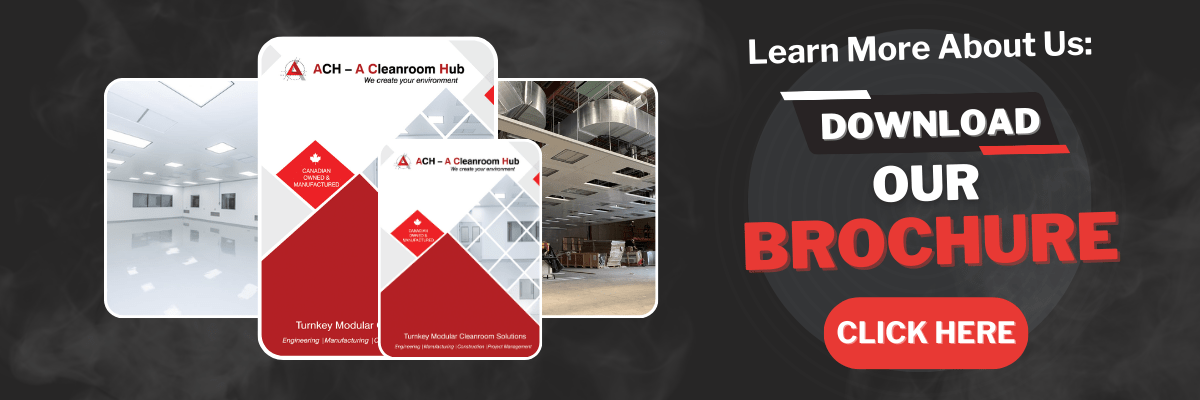The Role of Cleanrooms in Electric Vehicle Batteries Manufacturing
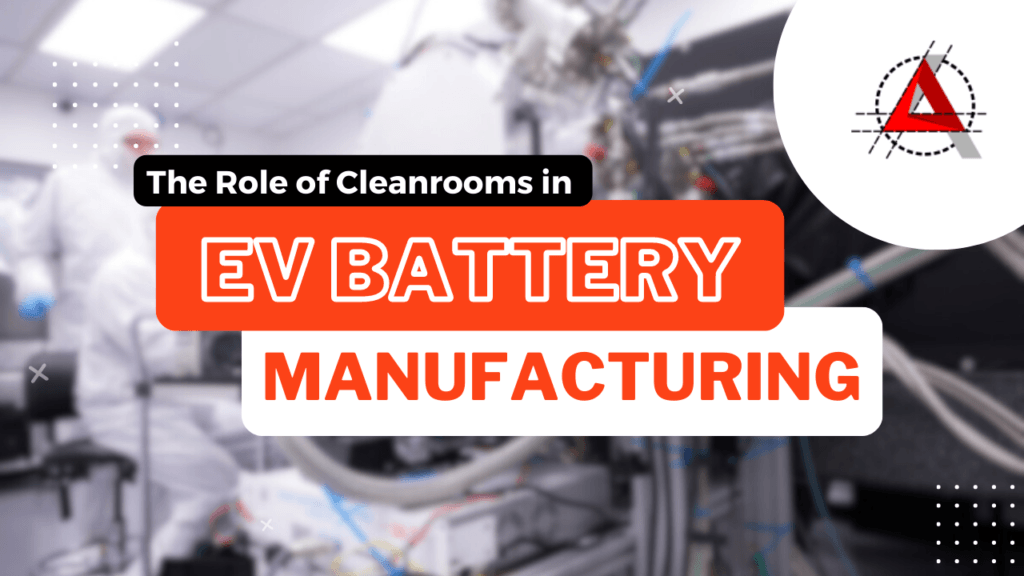
The global shift towards electric vehicles (EVs) is reshaping the automotive industry, offering a sustainable and eco-friendly mode of transportation. At the heart of every electric vehicle lies its power source – the lithium-ion battery. The manufacturing process for these intricate powerhouses demands uncompromising precision and attention to detail. Cleanrooms emerge as an indispensable element in EV battery manufacturing, ensuring the highest standards of quality, safety, and performance. In this article, we delve into the crucial role that cleanrooms play at various stages of EV battery production.
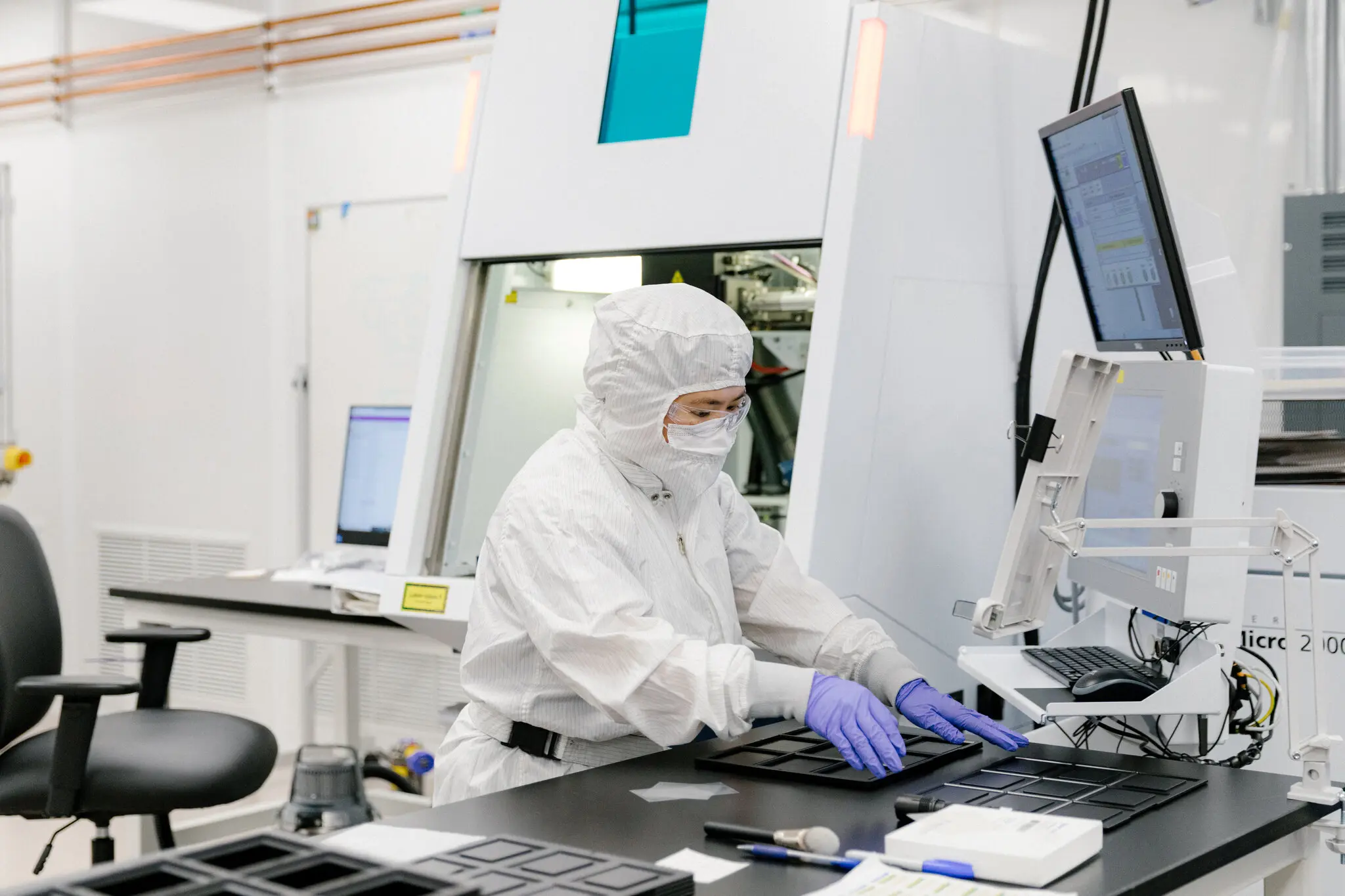
Cleanroom Guidelines for EV Battery Manufacturing
What ISO class or cleanliness level is required for the cleanroom environment?
Does the cleanroom need to comply with any specific industry standards (e.g., ISO 14644-1 for cleanroom classification)?
The required ISO class or cleanliness level for an EV battery cleanroom environment depends on the specific processes being carried out within the cleanroom and the industry standards or regulations applicable to EV battery manufacturing. ISO 14644-1 is the international standard for cleanroom classification and specifies cleanliness levels based on the concentration of airborne particles of different sizes.
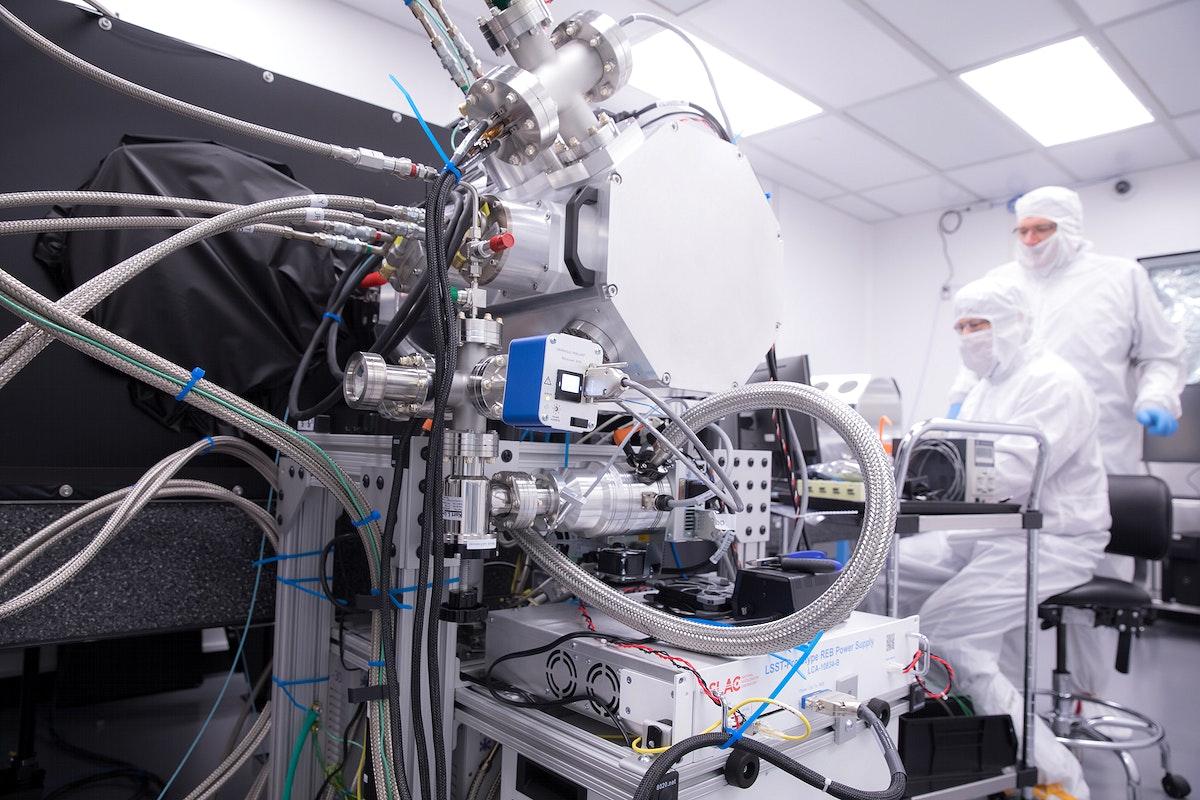
For EV battery manufacturing, particularly in the context of lithium-ion battery cells and packs, the following general guidelines might apply:
- Cell Manufacturing: The cell manufacturing process for lithium-ion batteries requires a high level of cleanliness to prevent contaminants from affecting the performance and safety of the cells. A common requirement for cell manufacturing cleanrooms is to meet an ISO class 5 or ISO class 6 classification. This means that the air within the cleanroom can contain a limited number of particles within specific size ranges per cubic meter.
- Module and Pack Assembly: The assembly of battery modules and packs might require a slightly lower level of cleanliness than cell manufacturing due to the larger components involved. Cleanrooms for module and pack assembly might aim for an ISO class 7 or ISO class 8 classification.
It’s important to note that these classifications are general guidelines, and specific EV battery manufacturers might have their own requirements based on their processes, materials, and quality standards. Additionally, industry regulations and guidelines could influence the cleanliness levels required. As technology and manufacturing processes evolve, the cleanliness requirements for EV battery cleanrooms could also change.
Design Criteria for EV Battery Manufacturing
What is the Production Capacity and Workflow?
What Equipment and Processes will be Housed in the Cleanroom?
What are the Temperature and Humidity Requirements?
How Will Particulate and Contaminant Control be Achieved?
The design of a cleanroom in an EV battery manufacturing facility is meticulously planned to create an environment that minimizes the introduction and retention of particles that could compromise the integrity of battery components. Key design considerations include:
- Layout and Zoning: Divide the cleanroom into zones based on the level of cleanliness required. Separate incoming goods, material preparation, assembly, testing, and packaging areas to prevent cross-contamination. Ensure that there is a clear flow of materials and personnel to minimize disruptions.
- HVAC System and Filtration: The HVAC (Heating, Ventilation, and Air Conditioning) system is crucial to maintain cleanroom conditions. Use high-efficiency particulate air (HEPA) filters to remove particles from the air. The system should provide proper air circulation, temperature, humidity control, and positive pressure to prevent external air infiltration.
- Material Selection: Choose materials that are easy to clean, non-particle shedding, and resistant to chemicals used in the manufacturing process. Stainless steel and non-shedding plastics are commonly used for surfaces and furnishings.
Other Requirements & Processes
What Flooring, Wall, and Ceiling Materials are Suitable?
What is the Lighting and Visibility Requirement?
What Monitoring and Validation Processes will be Implemented?
- Flooring and Ceiling: Use seamless, non-porous, and static-dissipative flooring materials to prevent particle accumulation and electrostatic discharge. The ceiling should be designed to facilitate the even distribution of filtered air.
- Lighting: Proper lighting is essential for visibility and quality control. Use cleanroom-compatible lighting fixtures that are easy to clean and don’t contribute to particle generation.
- Controlled Access: Limit access to the cleanroom to authorized personnel only. Implement gowning and de-gowning procedures at designated entry points to minimize the introduction of contaminants.
- Gowning Area: Provide a gowning area with appropriate changing facilities, including anteroom and cleanroom attire, such as gloves, masks, coveralls, and shoe covers. This ensures that personnel don’t introduce contaminants from the outside.
- Cleanroom Equipment: Select equipment that meets cleanroom requirements, including low- particle generation, ease of cleaning, and compatibility with the manufacturing process. Maintain and calibrate equipment regularly to ensure accuracy and prevent particle emissions.
- Monitoring and Control Systems: Install robust environmental monitoring and control systems to track temperature, humidity, particle levels, and pressure differentials in real-time. Alarms should be set up to alert personnel if conditions deviate from acceptable levels.
- Sealing and Gasketing: Seals and gaskets at doors, windows, and other openings prevent the ingress of external contaminants and help maintain pressure differentials.
Maintenance and Prevention
What Containment Measures are Needed for Hazardous Materials?
How Will Cleanroom Maintenance and Cleaning Protocols be Defined?
What Gowning and Personnel Requirements Apply?
What Regulatory and Safety Standards Apply?
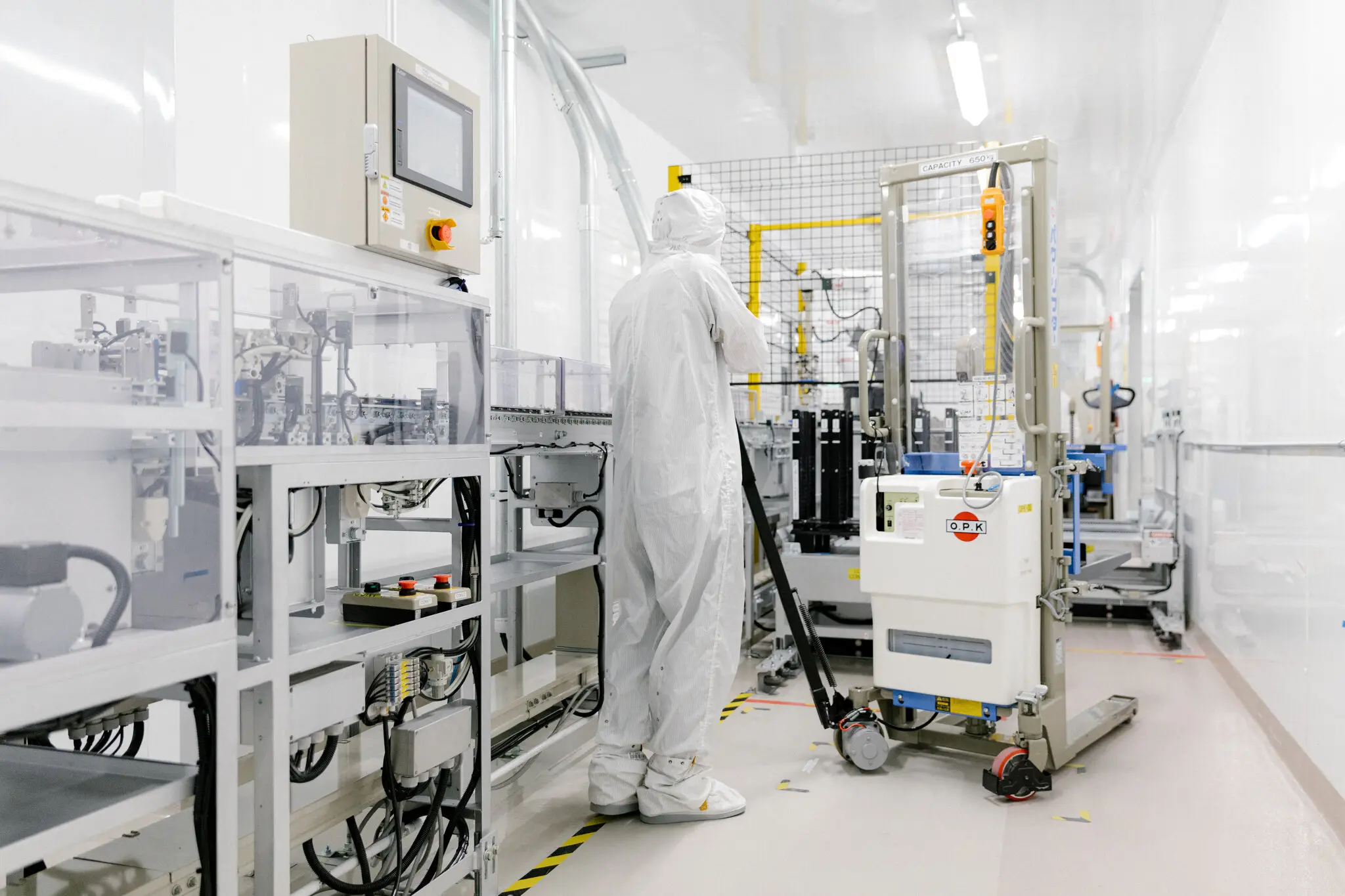
- Sustainability and Energy Efficiency: Incorporate energy-efficient technologies and practices to minimize the cleanroom’s environmental impact. This includes efficient lighting, HVAC systems, and waste management.
- Maintenance and Cleaning: Establish regular maintenance and cleaning schedules to prevent the buildup of contaminants. Use approved cleaning agents and methods that won’t harm the cleanroom environment.
- Training and Documentation: Provide thorough training to all personnel on cleanroom protocols, gowning procedures, and contamination control. Maintain detailed documentation of processes, procedures, and maintenance activities.
Cleanrooms require rigorous maintenance to uphold their intended functionality. Regular cleaning schedules, air filter replacement, and monitoring of particle counts are essential to prevent contamination. Maintenance personnel are trained to work within the cleanroom environment, adhering to specific protocols that prevent the introduction of contaminants.
Cleanrooms are the backbone of EV battery manufacturing, providing a controlled environment where precision and quality control reign supreme. These specialized environments ensure that EV batteries are assembled and manufactured with utmost care, meeting the stringent standards required for efficiency, safety, and longevity. As the electric vehicle industry continues to evolve, cleanrooms will remain at the forefront, safeguarding the promise of cleaner, more sustainable transportation.
Are you excited about establishing a cleanroom for your EV battery plant? Reach out to us!
If your company is embarking on an EV battery cleanroom project, ACH – A Cleanroom Hub is your ultimate solution. Our specialization involves crafting and setting up state-of-the-art cleanrooms tailored to your specific needs. With a proven history of employing effective design methods and utilizing static dissipative materials, we assure the safety and success of your ventures and team. Don’t wait – get in touch now, and let’s turn your vision into a precisely designed actuality!
Request for a free quote, or contact our team for further information.
GET IN TOUCH
Complete the form below to get in touch with our team.

